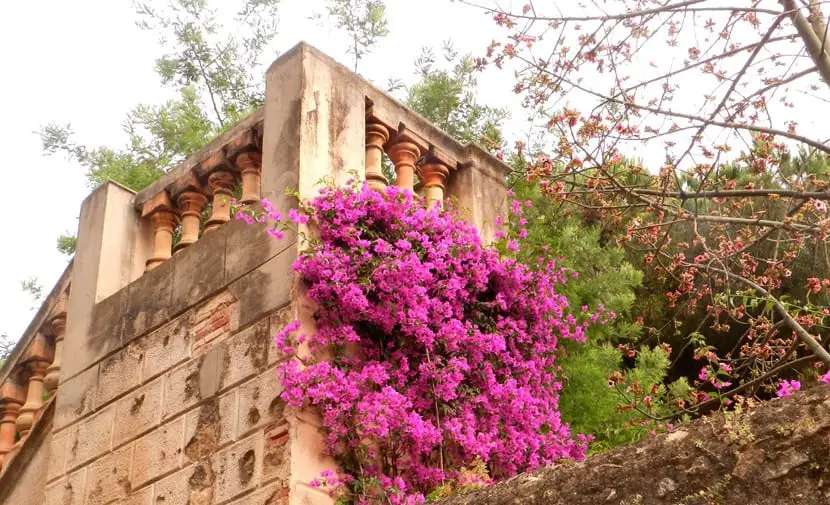

The Santa Rita It is one of the most beautiful plants you can find, a species that features beautiful flowers in vibrant colors that range from fuchsia to orange. Having a Santa Risa at home can be something very interesting because it is an easy-care plant that will not present major inconveniences. if you are in the right place and receive everything you need to survive.
This species is one of the most popular and famous plants of all timeperhaps because it grows and develops into colorful bushes that give life to any garden.
Plant overview


La Santa Rita belongs to the family of Rubiaceae and it presents some 500 varieties. Also known as the Maltese Cross, Isoca or Iron Stick, it is present in the five continents and presents different shapes in colors although the most common is that it develops in the shape of a bush, reaching about one meter in height.
The leaves of the Santa Rita are dark green and oval in shape, although the most striking are its tubular flowers, generous in quantity and which can be orange, red, white or salmon.
The flowering of the plant occurs between spring and summer but the flowers can remain well into fall.
Main cares of Santa Rita


A few days ago I bought two plants, one with bright pink leaves, the other orange, and they are still very pretty, perfect with their colorful flowers. I have placed them in two large pots so that the roots have space but I have also discovered that it is necessary that I should place them in a sunny place although with some shade during the winter and then relocate them in a place of greater luminosity in summer avoiding direct exposure to the sun.
Although the winds do not affect it, it is best to place it away from the air currents because then the flowers could fall. As for the temperature, the ideal is a climate between 16 and 30 degrees Celsius. Water the plant when you notice that the soil is dry: in the summer it will be a daily watering and in the winter it will be enough with about twice a week.
When planting, choose a soil made up of 50 percent leaf mulch and avoid calcareous soils. Ideally, fertilize the soil once a month during spring and summer. Avoid transplanting unless the plant really needs it for a matter of space as it does not support changes very well and prunes at the beginning of spring to remove damaged, old or poor looking branches.
